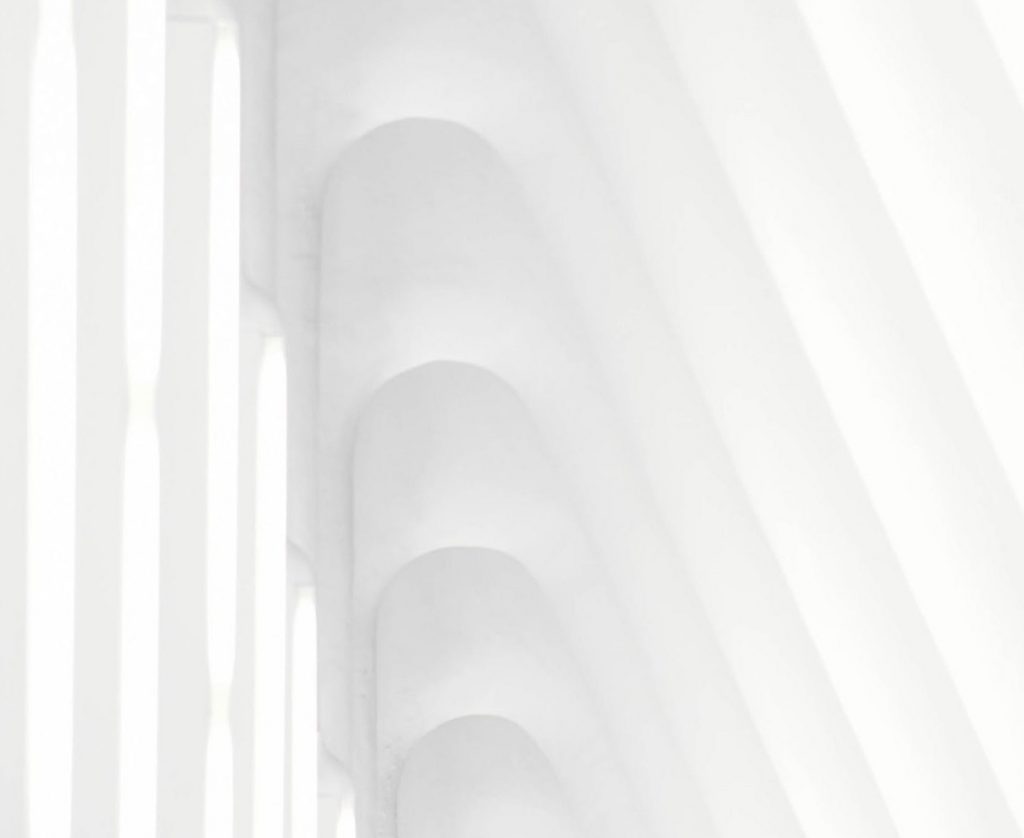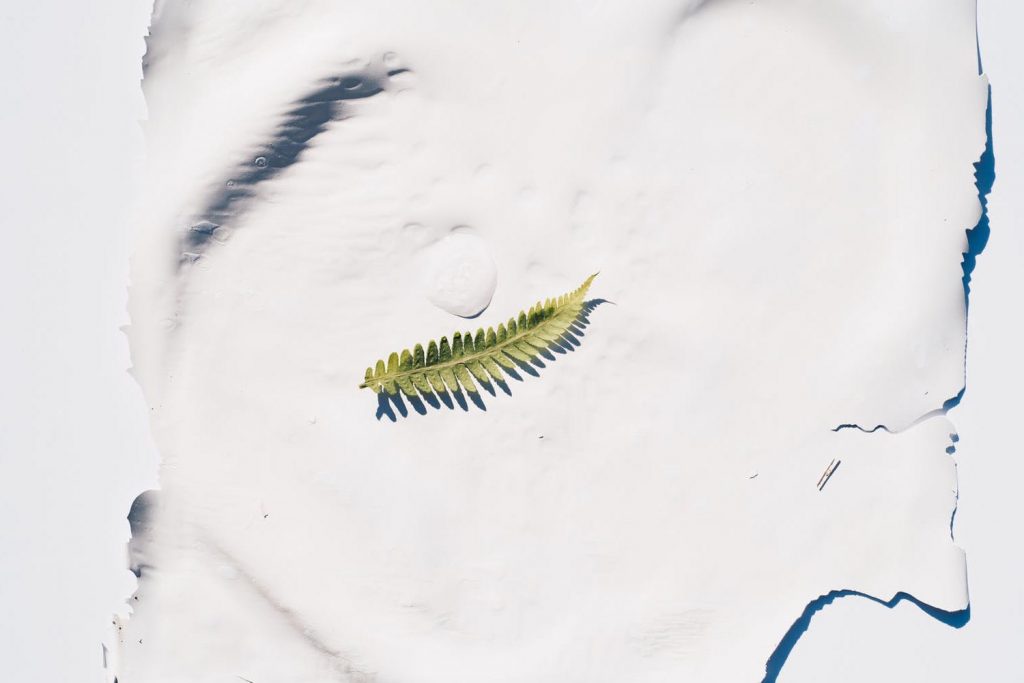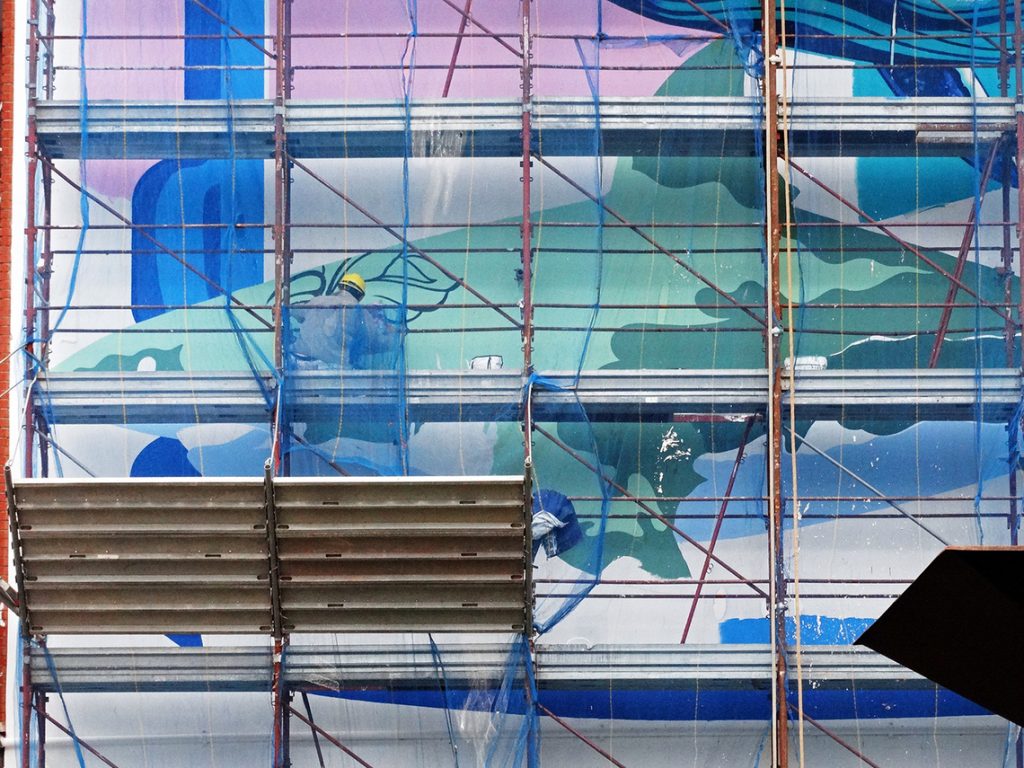A widespread and strongly rooted thought has always been that our houses were free from environmental pollution. This is probably why, during renovation or maintenance work, the color has been the main criterion in the selection of paints. Undoubtedly more than the level of volatile compounds. However, today we know that the air inside indoor spaces can be up to five times more toxic than the air outside. And paradoxically, we spend more and more time there than we did in the past. Airlite, the paint that works like a plant, has thus succeeded in revolutionizing the paint industry. An innovation that has earned its inclusion by the United Nations in 2019 as one of the four most effective technologies currently available against air pollution.
Its inventor, Massimo Bernardoni, cultivated the dream of being able to transform our houses into large autonomous air purifiers. He wanted to achieve it without the use of energy and at low costs. It was just from observing nature, the ultimate beneficiary of his invention, and its photosensitive capabilities that the inspiration came. By exploiting a process similar to photosynthesis, which allows plants to absorb carbon dioxide and produce oxygen through the action of light, he patented a technology inserted inside a totally mineral paint, without any petroleum derivative, which is activated in the presence of light, both natural and artificial. It was the year 2007.

The paint that works like a plant: how does it work?
Airlite generates a concentration of electrons on the surfaces where it is applied. Then, these electrons, by interacting with water and oxygen, produce negative ions of oxidizing radicals; the latter are subsequently transformed and neutralized: once combined with pollutants, bacteria, mold, and viruses (even Coronavirus) which are present in the environment, they become common salts.
When it is used outdoors, Airlite helps to lower the temperature of indoor environments thanks to its ability to reflect the warm component of sunlight. Hence, it potentially allows for further savings in energy consumption and related emissions.
The durability of the effectiveness of the product is estimated at 10 years. The company can boast numerous international certifications: FRENCH VOC REGULATION (FR), FRIENDLY MATERIALS (ES), ZERO VOC as regards European standards; GREEN SEAL, a recognition from the United States; and finally CRADLE TO CRADLE GOLD, which is the most important international certification that analyzes the healthiness of materials, their reusability after use, the use of renewable energy, the management of polluting emissions, the quality of water in the production phase and social equity.

What are the benefits of this nature-inspired paint?
According to the company, 100 square meters painted with Airlite have the same effect on CO2 absorption as 100 square meters of forest. Until now, in the history of architecture, only lime paint allowed a certain level of living comfort. Due to its intrinsic properties, it guaranteed breathability, thermal insulation, anti-static properties, and it was mainly considered a natural biocide thanks to its strongly alkaline pH. But, it certainly didn’t help fight climate change.
This air-cleaning paint has crossed the borders of our cities; in fact, its popularity has spread around the world through numerous collaborations with street artists. With the double collective benefit of beauty and functionality. Crowdfunding campaigns have supported some of these contributions; others have been sponsored by companies willing to share their commitment to supporting the environment.
From “Hunting Pollution” by Iena Cruz, the leader of this new form of artistic expression, created in the Ostiense district in Rome, to the “Absolut Street Trees” project in Mexico City, the step was short: art is at the service of ecology and virtuous examples of urban regeneration are multiplying, especially in places with a high level of pollution, thus raising awareness of environmental sustainability issues. As the company says, 100 square meters of surface painted with Airlite compensate for the emissions of vehicular traffic produced on average by 18 cars in a year. So, we absolutely need these projects to spread as vigorously as a weed.

Here is a short list of works made with Airlite that you can admire in Italy:
- “Anthropoceano” by Iena Cruz depicts, as the title clearly summarizes, the impact of human activities on marine ecosystems; in collaboration with the Worldrise association (via Giovanni Viotti 13, Milan Lambrate)
- On the other hand, a tribute to the biodiversity of the marine world is signed by Lucamaleonte; on the wall of a building in the Italian neighborhood with the highest concentration of social housing, Tor Bella Monaca. “Sotto la superficie” is promoted by Yourban2030 within the RIF Museo delle Periferie program to launch the message that the right to beauty means dignity, and dignity is a right.
- Dedicated to the LGBT+ movement and the fight for civil rights, “Outside In” neutralizes the smog of 53 cars every day. A work by Dutch artist Judith De Leeuw, aka JDL on the wall of a school (San Paolo, Rome).
- Alessio-b, as part of the biennial festival Super Walls, in “Look at the stars” portrays a little girl wearing an astronaut’s helmet who smiles pointing at the starry sky; a tribute to those made famous by Giotto in the city’s Scrovegni Chapel (via Castelfidardo, Padua).
- Axe resonates “I don’t want your hope”, a passage from the powerful speech delivered by Greta Thunberg in Davos in the MAAP (Zona Industriale, Padova) for Super Walls 2019.
- In “Inception as the beginning of an idea or a concept” by Camilla Falsini, geometric elements give shape to a mythological creature that emerges as if from the waters for Futurewear Walls, created during Green Week on a Napapijri commission (Corso Garibaldi, Milan).
- As part of the Ikea Loves Earth project, SeaCreative created “La città che respira” (“The city that breathes”), covering a wall of the underpass of the FS station with the face of a man making his way through the foliage (via Trento, Parma).
Abroad:
- “Intuition” is the first eco-mural dedicated to the partially sighted, translated into braille language (Bacău, Romania). Obie, the artist, portrays a person who imagines and manages to visualize his own universe despite the pressure of his disability. This work is part of the ZidART project, with the aim of spotlighting the problems of social inclusion of people with disabilities.
- Maciek Polak and Dawid Ryski depict giant smiling flowers interwoven with skyscrapers, on a building near the Politechnika metro (Warsaw, Poland). In the center there is the slogan “Create Together For Tomorrow”, as requested by the sponsoring brand: Converse.
- Mexico City, already mentioned, famous for its traffic, is the canvas on which the project develops three eco-murals for a total area of 2,000 square meters in the neighborhoods of Cuauhtémoc, Juárez and Roma. One of these, depicting a 35 meters high, is the work of the Spanish collective Boa Mistura (Paseo de la Reforma); Mexican artists Revost and Seher One painted the other two works.
You may also be interested in Street & Contemporary Art.




